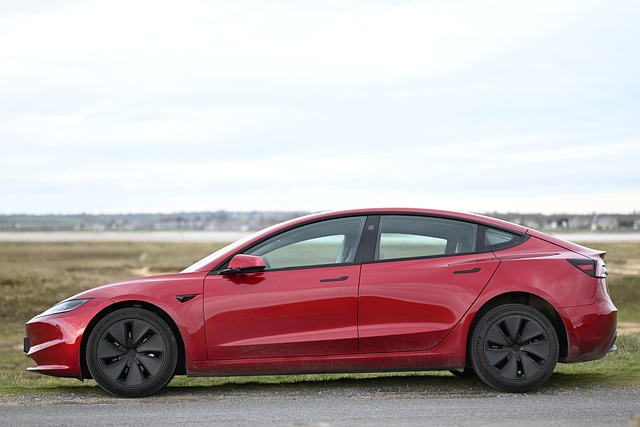As the world grapples with the pressing challenges of climate change and urban congestion, the conversation around sustainable transportation goals has gained momentum. Among the various modes of transport, bicycles emerge as a beacon of hope, particularly for rural areas seeking to enhance economic growth and environmental sustainability.
In many rural communities, access to reliable transportation can be a significant barrier to development. Public transportation options are often limited, and the cost of owning a vehicle can be prohibitive. Enter the humble bicycle—a small, unassuming vehicle that holds the potential to revolutionize how we think about transport sustainability in rural areas. By embracing bicycles as a primary means of transportation, communities can not only reduce their carbon footprint but also invigorate their local economies.
One of the most compelling aspects of promoting cycling in rural areas is its accessibility. Bicycles require less infrastructural investment than traditional public transit systems, making them ideal for regions with limited resources. Furthermore, encouraging cycling can tap into local culture and capabilities, fostering a sense of community pride and ownership in sustainable practices. Local governments can facilitate this shift by investing in cycle-friendly infrastructure, such as bike lanes, secure parking, and community repair stations.
Beyond practicality, bicycles also contribute to overall health and well-being. Cycling is an excellent form of physical exercise, which can help mitigate health issues prevalent in rural areas, such as obesity and heart disease. Improved health translates into a more vibrant workforce, which is crucial for driving local economies forward. When residents choose cycling as their primary mode of transport, they are not only investing in their personal health but also in the health of their community.
In terms of economic benefits, cycling tourism has emerged as a significant opportunity for rural development. By promoting scenic bike routes and offering related services—such as guided tours, bike rentals, and local delicacies—communities can attract visitors while generating income for local businesses. This influx of tourists can lead to job creation and increased investment in rural infrastructure, thereby bolstering economic resilience.
Furthermore, bicycles can serve as vehicles for social change. The act of cycling can bring people together, breaking down social and economic barriers. Community cycling programs aimed at empowering women or youth can lead to greater inclusivity and social cohesion. By promoting cycling as a viable option, rural areas can cultivate a sense of belonging while working towards their sustainable transportation goals.
In summary, supporting the shift towards bicycles as a primary transport option in rural areas not only aligns with global sustainability initiatives but can also invigorate local economies and foster a greater sense of community. As we pedal towards a more sustainable future, the bicycle stands as a powerful symbol of hope and possibility for rural development.




